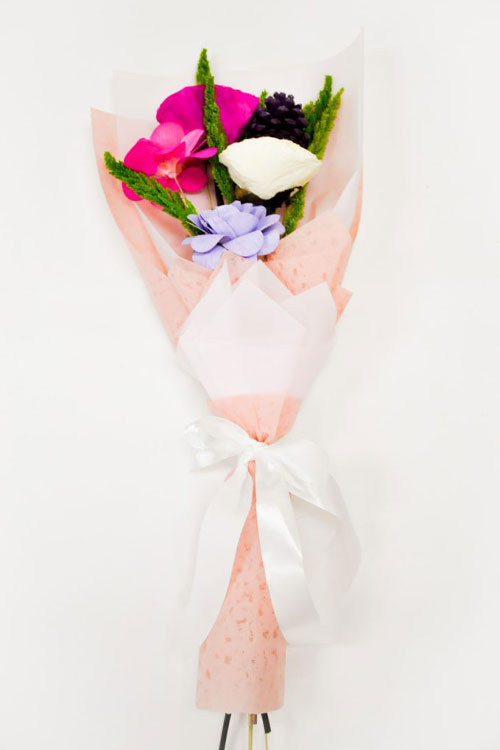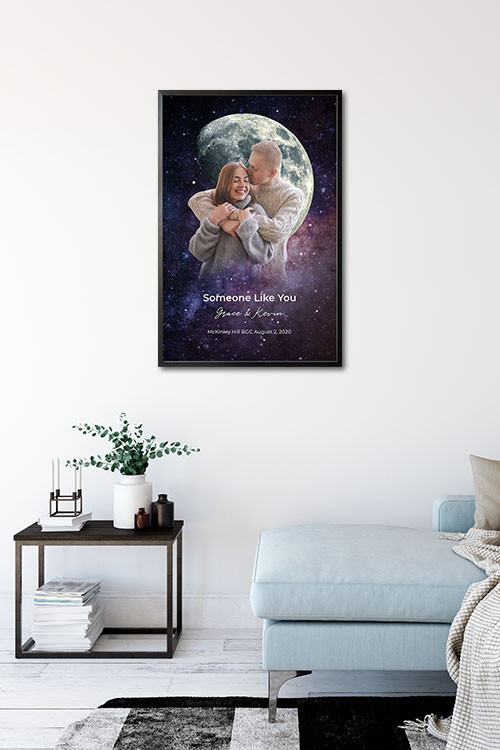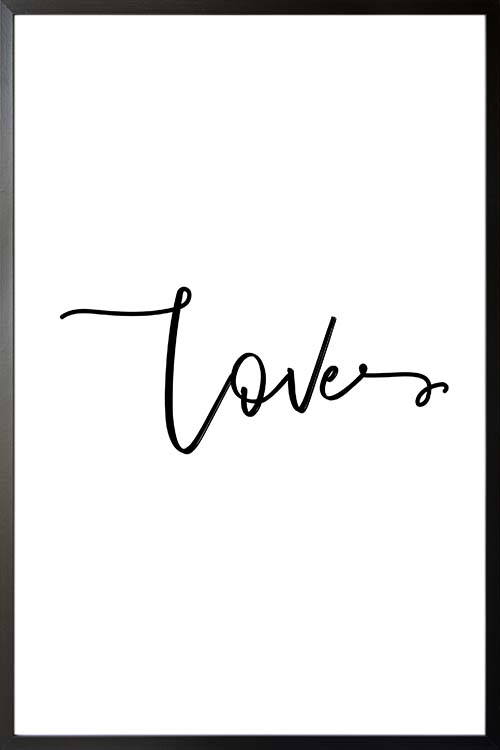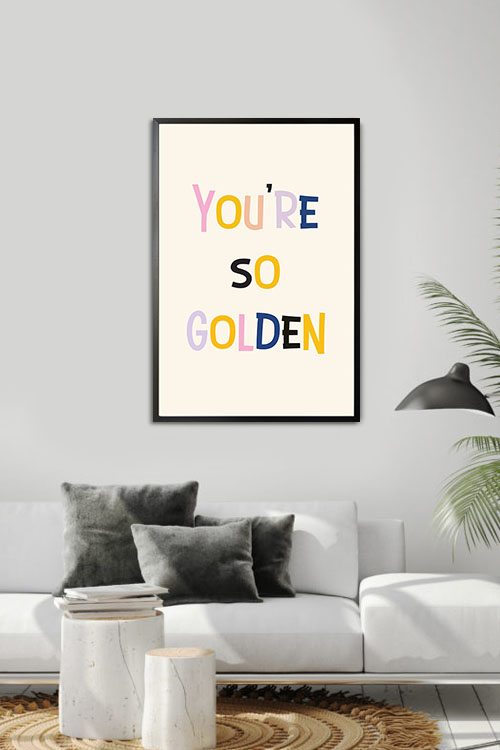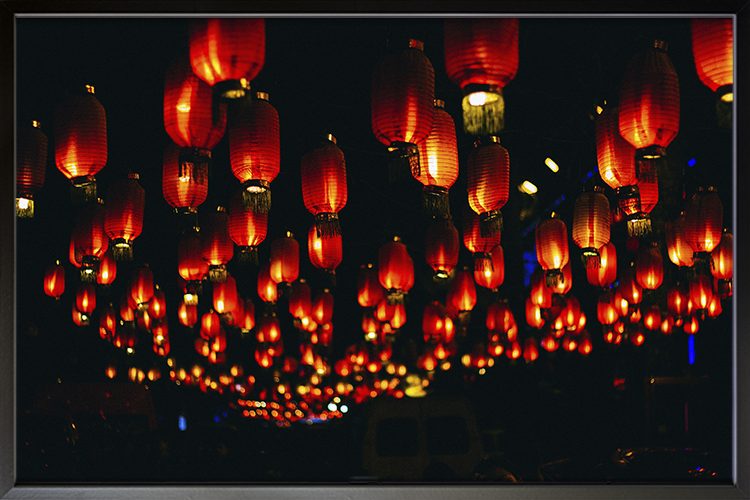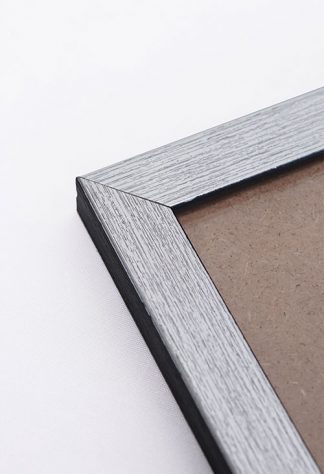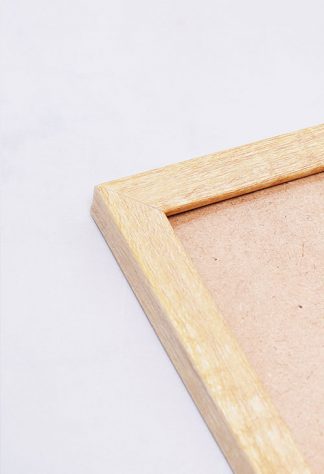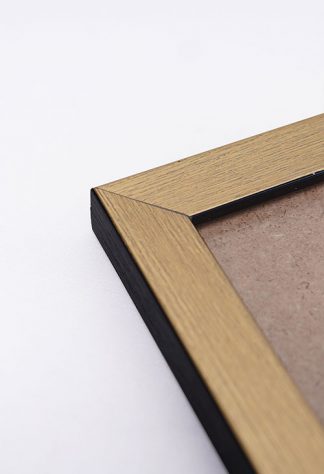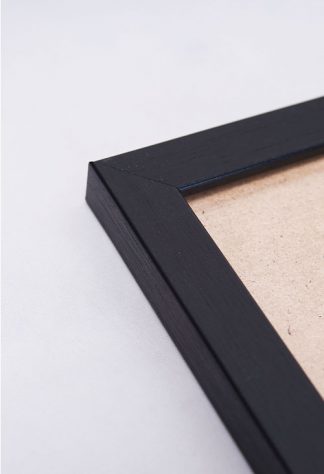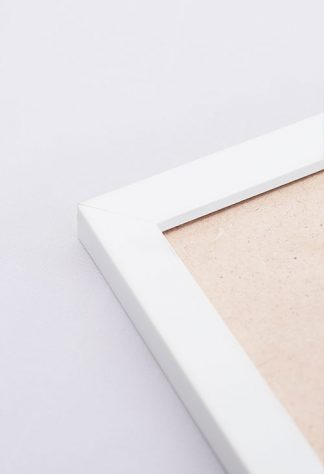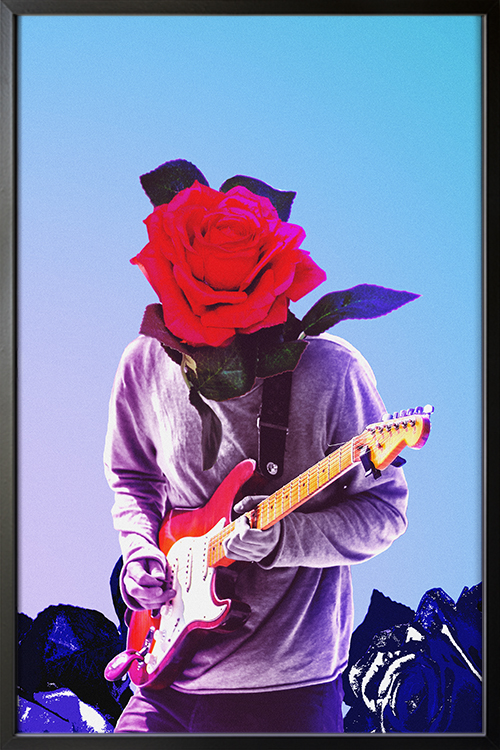
We all know that kids grow fast, and their interests evolve quickly. Interior decoration for teens is one of the most dynamic designs one must consider when designing their home. Your child’s design of the room may also change from time to time as it reflects their changing personality and hobbies. Frequent changes to the teens’ interior decoration may take time and effort. What teens need is a room that reflects who they are. It should also be a comfortable, fun, and welcoming space with timeless and practical appearances throughout their formative and teenage years.
The adolescent period
Teenager describes the years between ages 13 and 19. This is the age considered to be the transitional stage from childhood to adulthood. The adolescent period is when physical and psychological changes significantly take place. The teenage period is also a time of disorientation and discovery. Issues of independence and self-identity, sexuality, drugs, alcohol, and social life are among the dilemmas of teenagers today. Peer groups, romantic interests, and appearance greatly influence these dilemmas. Of course, we are not here to talk about parenting. We just want to state some facts that may help us determine the interior decoration they want.
What can you do to their rooms?
Here are some ideas for designing and decorating the room for teens:
Furniture pieces
Teenage furniture should be simple. Remember that when selecting the pieces, simple is equivalent to flexible. Think of something that will make the room fun for teenagers. Themed beds, indoor castles, and animal chairs may be fun for small ones, but when they become teens, they may feel awkward with these furniture pieces. Teenagers prefer the design of pieces that are appropriate for their age so as not to be embarrassed their guests. Purchase something that functions over an extended period from the toddler to teen years. Examples are daybeds, trundle beds, convertible furniture pieces, and movable pieces. In addition, the recommended materials for the furniture pieces are neutral-colored wood since they complement any room design and color scheme.
Keep it cool with storage
Teens tend to collect a lot of belongings, such as souvenirs, books, magazines, comic books, posters, electronic gadgets, and others. Keeping all of them tends to accumulate and form clutter. These must be stored properly, or accidents may happen. A mix of open and closed storage ideas allows a room to appear spacious but displays attractive items that may reflect the room’s personality. Where to place the storage area? A storage bench or a trunk can be placed at the foot of the bed, and a bookcase with a pegboard nailed to the back can organize your kids’ stuff.
Color scheme
Too many colors in a room can make it appear smaller and visually cluttered. Stereotype gender colors may eventually become an eyesore. Neutral colors with two or three soft and subtle shades are recommended for their rooms. Gray and beige are considered to be soft, muted hues. Black and white may also be a great background, especially if you plan to add colorful accents to the room.
Add patterns
Incorporate patterns in a room, such as stripes, polka dots, or geometric shapes, which can add order and balance. When these colorful patterns are on fabric or furniture cushions, they can stimulate creativity. Only add a few patterns in the room.
Muted lighting
Lighting is one of the essential elements in interior design. The type of lighting depends on the needs of your child. They may need something whenever they want to study or just to relax. There are three types of lighting: ambient, task, and accent. It is recommended to blend multiple light sources to create a more inviting interior.
Add personality
Teenagers need an identity. They also feel that they need privacy. Teenagers need to feel that the room is, in fact, their own. The interior design should reflect your child’s personality, hobbies, and aspirations. They may also need a space where they can display their keepsakes. In making the room more personalized, involve your teenager in designing and decorating it so they can appreciate it better. After all, the design is the output of their creativity.


